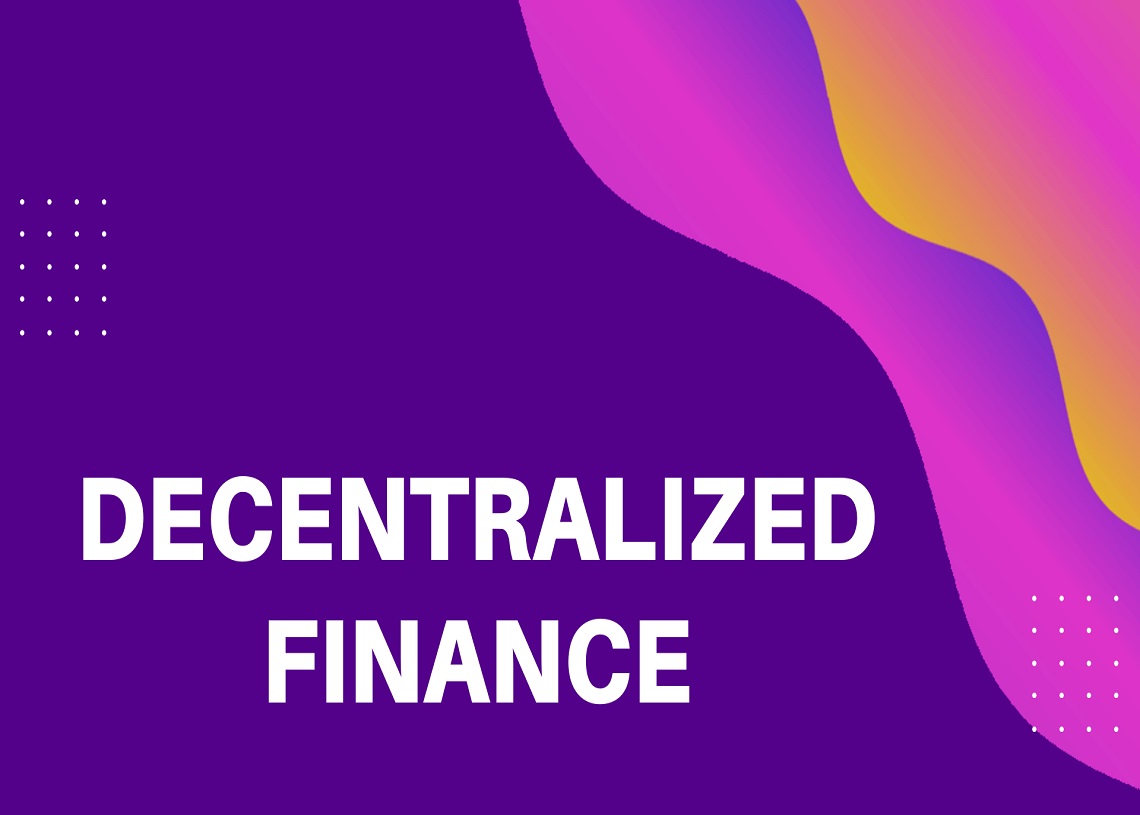DeFi, short for Decentralized Finance and also referred to as ‘Open Finance’, is a set of DLT-based financial services and applications intended to augment or replace the currently existing financial system (comparatively referred to as ‘Centralized Finance’).
DLT, otherwise referred to as Blockchain, facilitates decentralized peer-to-peer transactions without the need for a third-party intermediary and their associated fees. By bringing this technology into traditional finance system activities like payments, borrowing, or investing, DeFi has the potential to create new avenues to access these services.
There are already many initiatives making headway in the various sub-sectors that comprise the broader DeFi landscape. These particular initiatives have been built on the Ethereum network, but others have been created that exist on other permissionless (not under one authority) blockchains such as Bitcoin.
By using permissionless networks, DeFi creators are able to make their services accessible to anyone as long as they have a device and an internet connection. Alex Pack, managing partner at Dragonfly Capital, a $100 million crypto fund comments:
The goal of DeFi is to reconstruct the banking system for the whole world in this open, permissionless way. You only get that shot every 50 years.
Salil Deshpande, a partner at Bain Capital Ventures who leads the firm’s crypto investments, thinks people first became interested in DeFi because “they have a libertarian streak.” They like that they can build censorship-resistant products, and some developers are simply fascinated with the technology and its capabilities.
Benefits of DeFi
DeFi can impact many areas to help shape the global financial system for the better. One is the wider global access to financial services by 1.7 billion so-called unbanked adults worldwide. Decentralized Finance helps to tear down the status, wealth, and location barriers to prevent global access and turn around economic growth.
Another impact is the elimination of loans and other financial third-party intermediaries. DeFi services will lower global remittance fees from the exorbitant 7% to a much lower 3% average. Improved privacy and security are come-ons. A decentralized system does not have a centralized single source of failure that would allow breaches to occur.
Additionally, as the DeFi system cannot be censored or shut off by governments or large corporations, there is stability and an alternative option in nations where existing governments and financial institutions may be corrupt or untrustworthy.
There is also the faster adoption of the blockchain system as developers of these new DeFi applications will focus on creating a smooth and intuitive user experience to allow any user to take full advantage of the new system that is being put in place.
Is there a dark side to DeFi?
Despite the DeFi movement having many fans, some traders don’t think it will help fast track cryptocurrency adoption. Jeff Dorman, chief investment officer at digital asset management firm Arca, believes it’s “technologically brilliant” but sees more promise in a stablecoin with many users. Ultimately, distribution wins out, Dorman adds.
A commonly cited drawback for blockchain-based applications is their limited transaction throughput. Some systems are known to have crashed due to transaction overloads. Should we even mention that despite the potential for noble use cases of DeFi applications, like helping residents of troubled countries, people are primarily using it to make bigger, leveraged bets on Ethereum?
A potential issue is a lack of interoperability between chains. In the permissionless world of DeFi applications, a lack of interoperability between chains means that an application built on one chain, like the Ethereum Blockchain, cannot easily transact with an application built on the Bitcoin blockchain, or some other. There are, however, some bridging chains and protocols that allow.
While DeFi tokens might present an earning opportunity for some, the number of the so-called ‘rug pulls’ (a con that begins with minting new tokens for swapping with ETH) is also on the rise. Investors need to be extremely careful and selective when considering token sale investment offers.
Connecting the dots to education
So we know that Decentralized Finance is putting financial applications on a blockchain and shifting traditional finance products to the open-source and decentralized world, but what are the implications of this to education? Money, as they say, makes the world go round but how to augment it so one can have the full use of it?
We are looking at a plan to build a blockchain ecosystem that will span through many blockchains exclusively for the purpose of giving access to educators and other stakeholders in education, including students. Blockchain integration is key to the success of any ecosystem. It is about the seamless functioning of several other systems, communication protocols, and technologies in real-time vis a vis each other.
From where we are looking, easing up the participation for minor stakeholders can allow them to reconsider the adoption of a seemingly complex thing as blockchain. Consider this:
Without an education, young people’s childhoods may be lost to child labour, child marriage, recruitment by armed groups or other life-threatening activities. A child who is out of school for more than a year is unlikely to return. Girls are 2.5 times more likely to drop out of school than boys.
Educational opportunity value helps students to be more successful in the age of technological advancement. Hence, the best strategy is to enhance skill sets such as emotional intellect, flexibility, and innovativeness in order to tap on educational opportunity value. However, there are very minimal instructions on how to go about it and this renders it a problematic task.
If profit was the sole motivation for equipping countries with technology for education, up to 80% of students would be left without access to computing and mobile technology, as well as access to the internet. Just give this a thought and realize why decentralizing finance is crucial to education. Support DeFi through involvement in the blockchain ecosystem.







